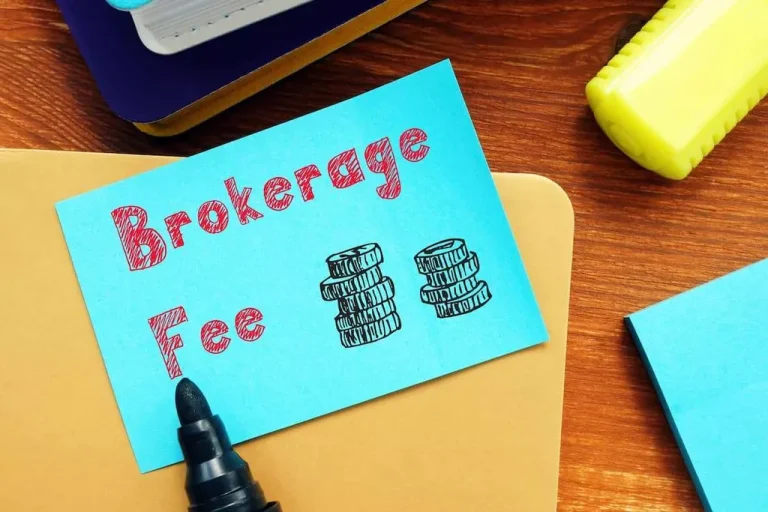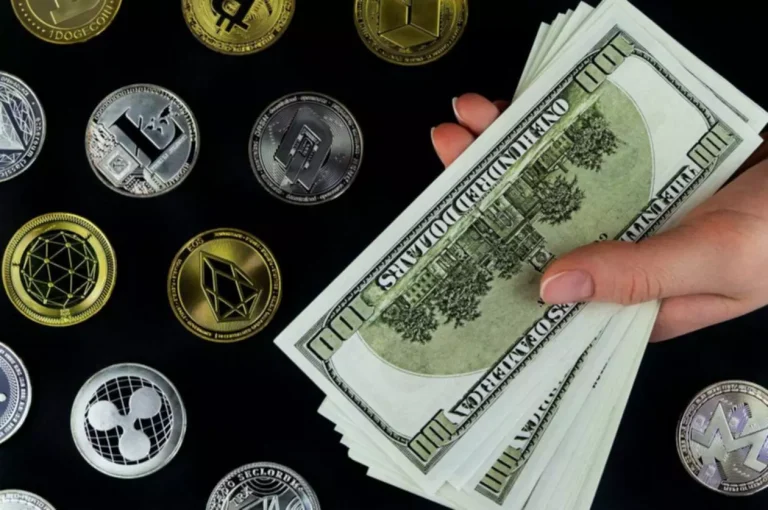What Are Altcoins? Defined and Explained The Motley Fool
Content
Some altcoins are ambitious projects that offer more use cases than Bitcoin, which is primarily used as a store of value. Since altcoins aren’t as well-known, they could see larger price increases if they catch on. what is the difference between token vs cryptocurrency Altcoins (alternative coins) is a term used to describe all cryptocurrencies other than Bitcoin (BTC -2.3%). Their name comes from the fact that they’re alternatives to Bitcoin and traditional fiat money.

Moving Forward: The Future of Altcoins

Even as an Ethereum token, DAI has far surpassed the Avalanche Network in terms of market cap. For example, on a proof-of-work blockchain, miners must solve complex mathematical equations which take an incredible amount of computational power. This requires specialized equipment and can consume a lot of increasingly expensive energy. On a proof-of-stake network validators must lock up huge amounts of funds as collateral in a process called https://www.xcritical.com/ crypto staking. On a very simple level, coins offer the basis of a secure network, while tokens allow for blockchain apps and platforms to build upon that base. Governance tokens serve as an innovative means to empower their holders with participatory rights within a specific blockchain ecosystem.
Crypto tokens vs. cryptocurrencies—what’s the difference?
- These types of tokens are used to pay for access to a cryptocurrency exchange platform or for discounted fees (also known as an Exchange Token).
- In terms of relaying transactions, each network computer (node) has a copy of the blockchain of the cryptocurrency it supports.
- They offer unique features and functionalities that differentiate them from Bitcoin.
- They use a standard known as the ERC-20 which enables the creation of cryptocurrencies as fungible tokens, meaning that a token is interchangeable with another token of the same type.
- Ethereum is popular and valuable, with over 12,000 dApps built on it and a market valuation of over 148 billion dollars.
- Because of the sheer number of them, it’s challenging to pick out the best altcoins to invest in.
- Cryptocurrency tokens can also be used as a method of payment, but operate on an existing blockchain.
In the context of blockchain, digital assets include cryptocurrencies, also known as crypto coins and crypto tokens. Altcoins, short for Fintech ‘alternative coins’, are cryptocurrencies that were launched after the success of Bitcoin. While Bitcoin focuses on decentralised transactions and Ethereum on smart contracts, altcoins aim to fulfil specific roles or enhance cryptocurrency features. Their functions vary from governance and privacy to quick transactions and energy-efficient processes. Crypto Tokens are digital assets created and managed on existing blockchain platforms, such as Ethereum, Binance Smart Chain, or Solana.
Crypto Coins and Tokens: What Are they?
As long as an altcoin uses blockchain technology to offer users decentralized peer-to-peer (P2P) transactions, it qualifies as a cryptocurrency. This is a high-performance blockchain platform designed to support high-throughput applications and decentralized finance (DeFi) protocols. It uses a proof-of-stake consensus mechanism and its native cryptocurrency, SOL, is used for transactions and to participate in the consensus process. Crypto coins are standalone currencies with their own blockchain networks and are used as a medium of exchange.
Do the values of this project align with your values?
Some altcoins, like Ethereum, enable the creation of decentralized applications (DApps) and smart contracts. Altcoins provide investors with the chance to diversify their cryptocurrency portfolio. By investing in different projects, technologies, and use cases, one can mitigate risks and capitalize on emerging trends.
Since altcoins (excluding stablecoins) tend to have higher standard deviation scores, they’re more likely to fluctuate in price than Bitcoin and more drastically so. If a trader doesn’t have a high tolerance for risk, the price volatility of most altcoins likely won’t fit their profile. For instance, the markets for altcoins may be illiquid, which means that a trader may not be able to liquidate their altcoin holdings or convert them into other assets promptly or at desired prices. Altcoins may also be subject to aberrational and unpredictable trading patterns and may lack correlations to more established crypto assets.
With the innovation of tokens, cryptocurrencies are not just useful as a store or transfer of value, but also as financial instruments such as derivatives and representations of tangible assets. Some tokens are created as financial instruments and some without any reason at all, but some tokens serve a single purpose as part of a specific project or ecosystem. These are known as utility tokens, and they are responsible for all sorts of different ways web3 communities run or present themselves. Diversification within the realm of cryptocurrencies might tempt many, given the often more approachable price points of altcoins compared to industry giants like Bitcoin.
Thus, participants become part of a “pay-it-forward” system of transactions in a structure called the “Tangle”. No other financial rewards are offered, the network is fee-free and allows for high scalability. The more active IOTA participants, the faster transactions are validated. DApps are built on the Ethereum blockchain and their advantage is that computation is decentralised.
Active participation in governance requires understanding the complexities and potential repercussions of decisions made on the platform. It needs to be able to process transactions at speed and at low cost, and needs an ecosystem of validators willing to spend their computation effort to confirm its transactions. Tokens enable the easier, quicker and cheaper creation of cryptocurrencies. Developers can create their own crypto without the need to build an entire blockchain. There are different types of tokens all made with different purposes in mind. And since this is the blockchain where there are no universal standards as yet, there can be many names for the same thing.
The ability to create tokens offers a much quicker option to make cryptocurrency tokens. Instead of reinventing the wheel, developers can essentially “piggyback” on an existing blockchain, make use of and benefit from their existing technology, community, and security. One of the most traded altcoins by volume, Tether tokens (USDT) are pegged at 1-to-1 with the US dollar and are also known as a “stablecoin”. They have been developed to reduce volatility as seen with other cryptocurrencies like Bitcoin and Ethereum. They can vary widely in terms of technology, use cases, and underlying goals.
As the cryptocurrency market matures, altcoins will continue to gain real-world utility beyond what we’ve described in this article. Local banks were also issuing currency, sometimes backed by fictitious reserves. That diversity of currencies and financial instruments parallels the current situation in altcoin markets. There are thousands of altcoins available in the markets today, each claiming to serve a different purpose and market.
Yet, most altcoins also function as cryptocurrencies with the main purpose of serving as a store of value and for handling decentralised peer-to-peer-payments. They may offer higher transaction speeds or more privacy than other coins. Again, some altcoins have been developed for very narrowly defined use-cases.
Altcoins, often termed as “alternative coins,” encompass all cryptocurrencies excluding Bitcoin (BTC). Originating from the notion of being alternatives to Bitcoin and traditional fiat currencies, their name captures their essence well. Born in the aftermath of Bitcoin, which itself was introduced post the global financial crisis of 2008–09, altcoins first appeared in 2011. The term “altcoin” is a blend of “alternative” and “cryptocurrency,” highlighting their difference from Bitcoin, the inaugural cryptocurrency that introduced blockchain technology to the world. It’s difficult to say exactly how many altcoins there are at any moment, but most estimates suggest there are over 10,000 in the cryptocurrency ecosystem (at the time of writing). To get a detailed look into the current altcoin market, traders use crypto price aggregators such as CoinMarketCap and CoinGecko to see all of the latest Web3 projects.
